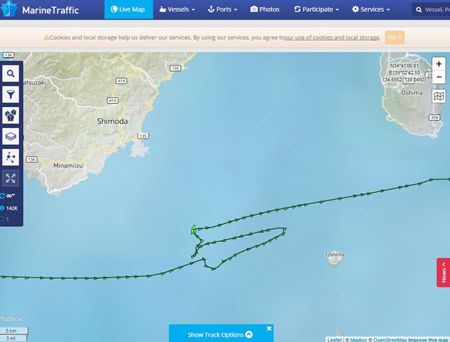"...So, all through the night the captain is receiving phone calls when the ship is near land.
Typically the report goes like the this: “Sir, this is the Officer of the Deck…I have a contact, broad on the starboard bow at 12,000 yards. He is drifting left to a CPA [closest point of approach] on our port bow, at 6,000 yards, in 20 minutes. My intention is to maintain course and speed.”
 When the OOD calls, the captain envisions the situation in his or her head and then either concurs with the recommendations of the OOD or, if necessary, gives instructions.
When the OOD calls, the captain envisions the situation in his or her head and then either concurs with the recommendations of the OOD or, if necessary, gives instructions.Sometimes, if the OOD is concerned with the situation, the officer will ask the captain to come to the pilot house.
Other times, the captain gets a bad feeling and she goes without being asked.
A captain has to know the OODs strengths and weaknesses.
The COs need to know how to read voices—does the OOD sound settled and confident?
Is there a hint of concern?
What time is it?
It is in this area where things can and do go wrong.
Sometimes, an OOD is afraid to call the captain.
Maybe the captain is intimidating.
Maybe the OOD, despite the best of intentions, lets a ship get within 10,000 yards before calling. Now the OOD may understand that he or she is in peril of getting rebuked by a captain who cannot possibly understand why the OOD did not understand the meaning of 10,000 yards.
Maybe the OOD will lose the captain’s trust?
Maybe the CO will fire the OOD—which would be painful and humiliating.
Captains must be careful not to get mad or cranky when called.
You do not want to make your OODs hesitant to call.
It takes a ship going 15 knots only 6 minutes to go 3,000 yards.
If your ship and the approaching ship are traveling at 15 knots, the range can decrease by 6,000 yards in 6 minutes.
At night, with all the confusion in a busy seaway, the approaching ship can be on you before you know it.
And then what?..."
No comments:
Post a Comment